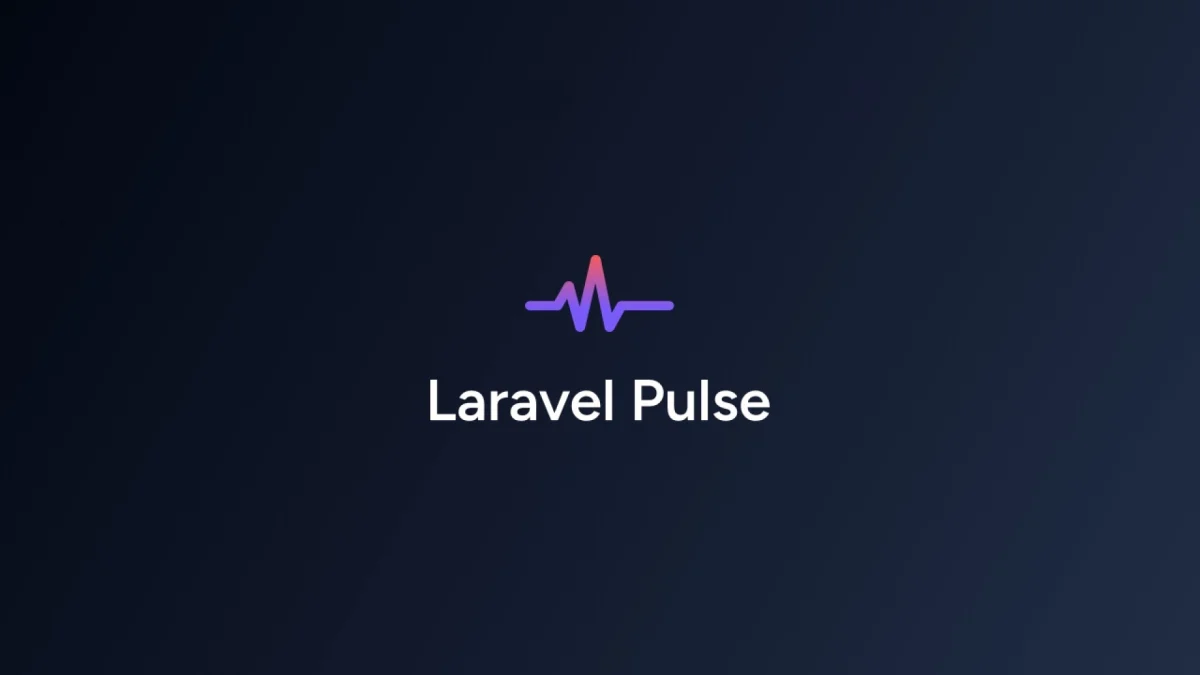Laravel Pulse a Tool for Monitoring Application Performance
introduction
Laravel Pulse provides a streamlined way to monitor your application’s performance and usage, offering insights into slow jobs, endpoint bottlenecks, active users, and more. For more detailed debugging, Laravel Telescope can be used alongside Pulse.
Installation
To get started with Laravel Pulse, you’ll need to install it via Composer:
composer require laravel/pulse
After installation, publish the configuration and migration files:
php artisan vendor:publish --provider="Laravel\Pulse\PulseServiceProvider" php artisan migrate
You can then access the Pulse dashboard at the /pulse route. If desired, a dedicated database connection can be specified to store Pulse data separately.
Configuration
Pulse allows for extensive configuration via environment variables. You can publish and customize the config/pulse.php file:
php artisan vendor:publish --tag=pulse-config
Dashboard Customization
The Pulse dashboard, powered by Livewire, is customizable without the need to rebuild JavaScript assets. You can adjust the layout, grid, and card sizes by modifying the resources/views/vendor/pulse/dashboard.blade.php file.
For example, to span the dashboard across the full width of the screen:
<x-pulse full-width>
...
</x-pulse>
Authorization
By default, the Pulse dashboard is only accessible in the local environment. For production environments, you can customize the viewPulse authorization gate to control access:
Gate::define('viewPulse', function (User $user) {
return $user->isAdmin();
});
Customizing User Information
Pulse resolves user information for display in the dashboard using the default Authenticatable model. You can customize this by defining a closure in your AppServiceProvider:
Pulse::user(fn ($user) => [
'name' => $user->name,
'extra' => $user->email,
'avatar' => $user->avatar_url,
]);
Key Features
Servers: Monitor system resource usage for servers running the pulse:check command.
Application Usage: Track the top 10 users based on requests, job dispatches, and slow requests.
Exceptions: View frequency and recency of application exceptions.
Queues: Monitor job queue throughput, including the number of jobs queued, processing, and failed.
Slow Requests & Jobs: Identify slow requests and jobs that exceed the configured threshold (default: 1,000ms).
Slow Queries: Track slow database queries and customize grouping by SQL query or location.
Performance Considerations
For high-traffic applications, Pulse provides several options to minimize performance impact:
- Dedicated Database: Use a separate database connection for Pulse data.
- Redis Ingest: Store entries in Redis before moving them to the database.
- Sampling & Trimming: Enable sampling and automatic trimming of old entries to manage data volume.
Custom Cards
Pulse allows for the creation of custom cards using Livewire. Define your custom card as a Livewire component and include it in your dashboard for a tailored monitoring experience.
Conclusion
Laravel Pulse is a powerful tool for monitoring and optimizing the performance of your Laravel applications. Its customizable dashboard, extensive configuration options, and minimal impact on application performance make it an essential addition to any Laravel developer’s toolkit.
Laravel Pulse offers a high degree of customization, allowing developers to tailor the dashboard and metrics to suit the specific needs of their projects. Whether you’re looking to monitor a small application or manage performance across a large-scale enterprise system, Pulse adapts to your requirements with minimal impact on system resources.
Moreover, the integration of features like custom cards and flexible authorization gates ensures that Pulse can grow with your application, providing relevant insights as your application scales. Its ability to handle high-traffic environments through optimizations like Redis Ingest and sampling makes it an ideal choice for developers seeking both performance and scalability.


